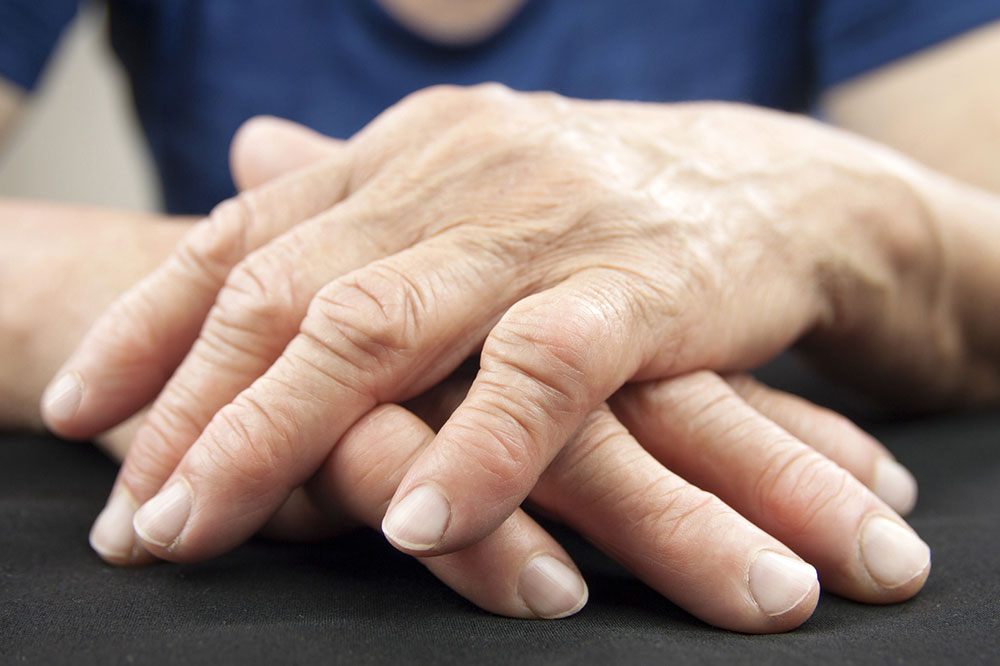
Know about the stages, diagnosis, and prevention of arthritis
Arthritis commonly refers to inflammation of the joint, although the term is used for more than 200 types of conditions that affect the joints as well as the tissues that surround the joints. The most common type of this rheumatic condition is osteoarthritis, while there are other common types of arthritis including gout, fibromyalgia, and rheumatoid arthritis (RA).
Usually, pain, swelling, aching, and stiffness are problems associated with arthritis. The pain normally occurs around joints, and the symptoms may develop instantly, or they can take time to develop. In a few cases, the rheumatic conditions may also involve the immune system of an individual as well as some internal organs. Widespread symptoms and multiple organs might be associated with some forms of arthritis, rheumatoid arthritis and lupus to name a few.
Stages of arthritis
The different kinds of arthritis might have different stages as they progress. Let us understand the stages of arthritis in osteoarthritis – the most common type of arthritis.
- Stage 0
What is usually recognized as normal knee health, this stage is the part where there is no problem with the knee, and there are no signs of arthritis. Since there is no problem, no treatment is required during this stage. - Stage 1
In stage 1 osteoarthritis, there’s a minor bone spur growth. Bones tend to meet each other at a joint, and that is when the functionality of a joint suffers a problem. However, there is no noticeable pain during this stage and there could only be minor discomfort. Under usual circumstances, no treatment might be required at this stage. - Stage 2
This is the stage in which the condition is considered mild. The bone spur growth might be greater than the last stage, but there’s no effect on the cartilage. If the condition is detected and diagnosed at this stage, therapy and some lifestyle changes might help you benefit. - Stage 3
This is the moderate stage of the progression of osteoarthritis or OA. Obvious damage is noticed at this stage and space between bones narrows. Corticosteroids might be recommended by doctors during this stage. - Stage 4
This is the severe stage and the cartilage is almost absent, and the joint space between bones reduces considerably. The person will face discomfort in walking at this stage. Surgery is one of the popular treatments for patients at this stage.
Diagnosis of arthritis
If you experience any symptoms that might lead to arthritis, you must visit the doctor. The doctor will check for the presence of fluid around the joints. A rheumatologist can also be referred to in case the pain is severe, as this leads to faster diagnosis and treatment. In order to understand the condition completely, the doctor normally uses X-ray, MRI, and CT scans of the affected area.
Prevention of arthritis
There are several activities that you can do to prevent the occurrence of arthritis or slow the process, in case you already have arthritis. Certain fish that are rich in omega-3 fatty acids should be inculcated in the diet as they can reduce inflammation in the body. In addition, one must keep one’s weight in check since this is one of the biggest causes of arthritis. Regular exercise is another important aspect that one must take care of. Further, one must also avoid injuries to stay clear of arthritis.







